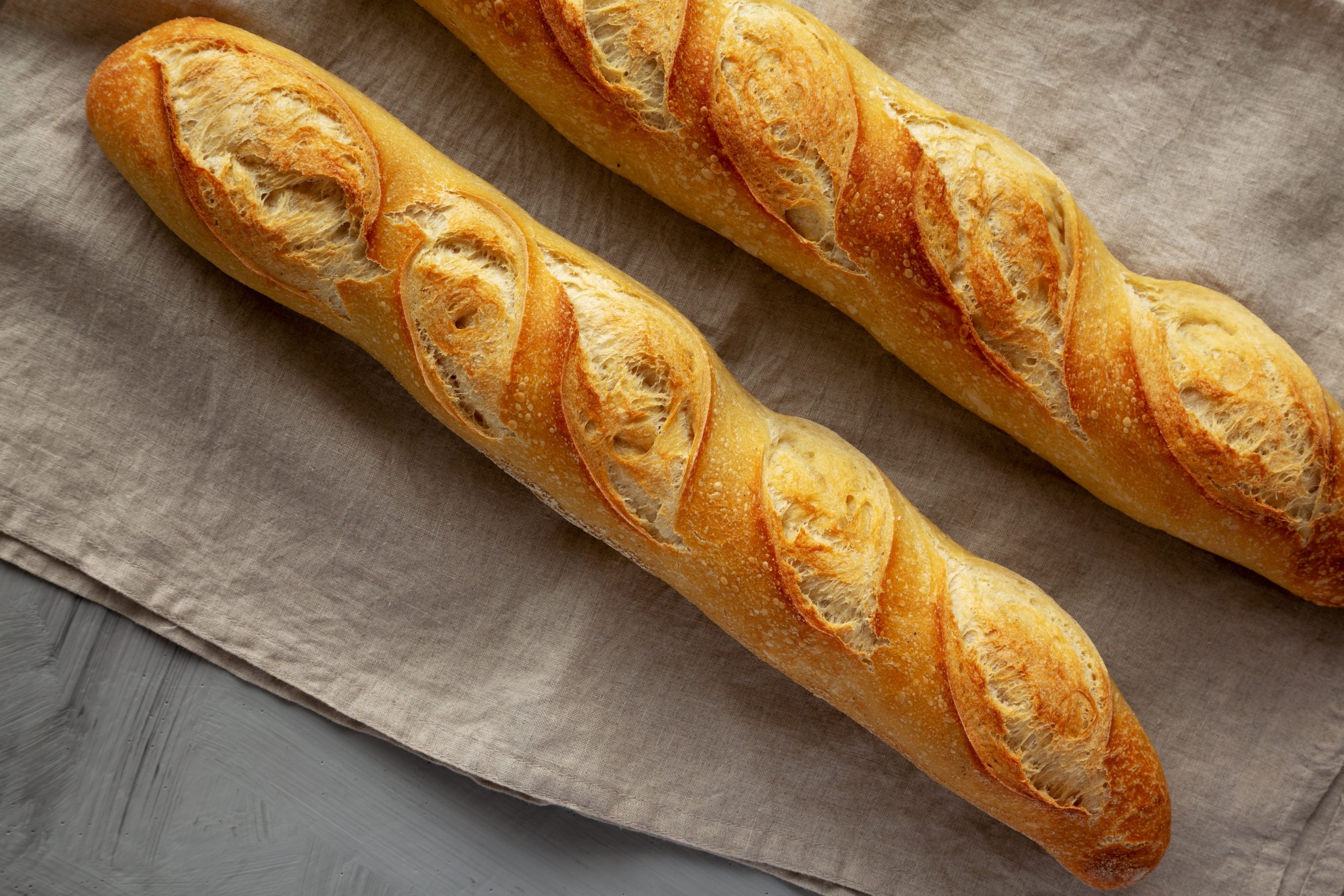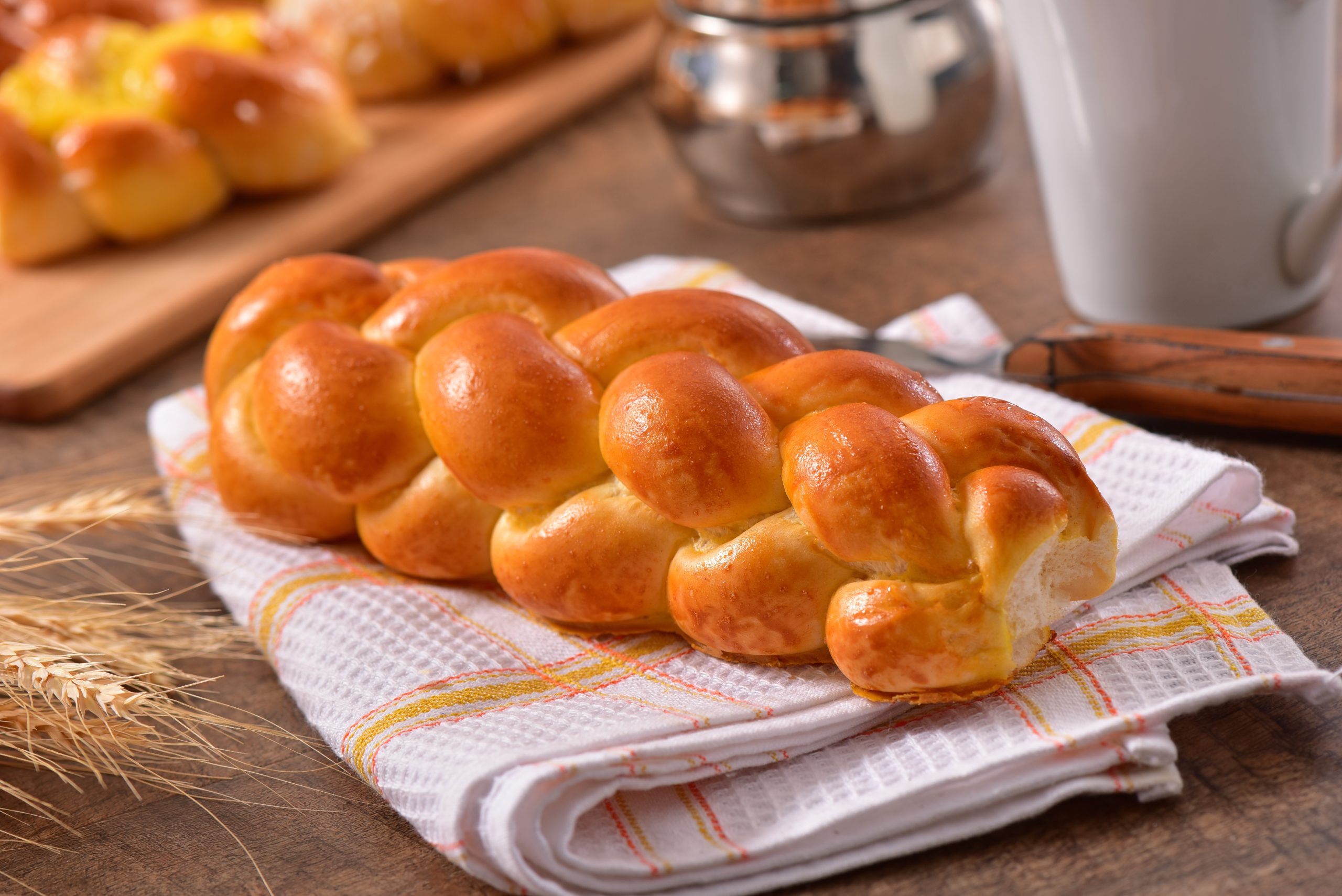A fresh loaf of bread from a real bakery offers wonderful taste and texture. However, this premium quality often comes with a short shelf life. These artisanal loaves usually lack the preservatives found in packaged supermarket bread. This means they can go from delicious to stale or moldy in just a few days. This leads to frustrating food waste, especially for smaller households.

1. The Baguette
The classic French baguette epitomizes short shelf life. Its design emphasizes a crispy crust and an airy interior. This high surface area causes rapid moisture loss. A baguette is ideally eaten the day it is baked. By the next day, it often becomes too hard and chewy to enjoy without toasting.
2. Ciabatta
Ciabatta is known for its open, hole-filled structure. This comes from a very wet dough. While this creates a light loaf, the high moisture content encourages mold growth. An uncut loaf of ciabatta, especially in humid conditions, can show mold spots within just two or three days. Proper storage is crucial.
3. Artisanal Sourdough
Real sourdough bread relies on natural fermentation for flavor and preservation. While the acidity helps, preservative-free sourdough still goes stale quickly. Once sliced, the crust loses its crispness. The interior begins to dry out rapidly. Toasting becomes necessary after just a day or two.
4. Brioche
Brioche is an “enriched” bread. It contains high amounts of butter, eggs, and milk. These ingredients create its soft texture and rich flavor. They also provide ample food for mold spores. A loaf of brioche often spoils much faster than a lean bread made only with flour, water, salt, and yeast.
5. Challah

Challah is another enriched bread, traditionally made with eggs and oil. Like brioche, these ingredients contribute to its softness. They also shorten its shelf life compared to standard loaves. Challah is typically purchased for immediate consumption, especially for weekend meals or holidays. It does not keep well for long periods.
6. Preservative-Free Whole Grain Breads
Dense, moist whole-grain loaves from local bakeries seem very healthy. However, they can also spoil quickly. The natural oils in whole grains can become rancid. The bread’s high moisture content provides an ideal environment for mold. Loaves without artificial preservatives require prompt consumption or proper freezing.
Rich Ingredients, Short Life
The very qualities that make artisanal bakery loaves desirable contribute to their short lifespan. The lack of preservatives and the use of rich ingredients are signs of quality. However, they demand careful planning from the consumer. You should only buy what you can realistically eat within a day or two. Freezing the remainder immediately is the best way to preserve the bread’s quality and prevent waste.
What bakery bread do you find spoils the fastest in your kitchen? Do you have any secret storage tips to help a fresh loaf last longer? Let us know in the comments!
What to Read Next
- 8 Shelf Life Facts That Stop Food Waste Immediately
- What’s the Shelf Life of Vacuum-Sealed Staples Really?
- 12 Foods With a Shelf Life Up To 15 Years
- 8 Foods That Have a Really Short Shelf Life
- Recommended Shelf Life for Almost Anything in Your Kitchen
The post 6 Bakery Loaves That Spoil Before Getting Finished appeared first on Grocery Coupon Guide.







